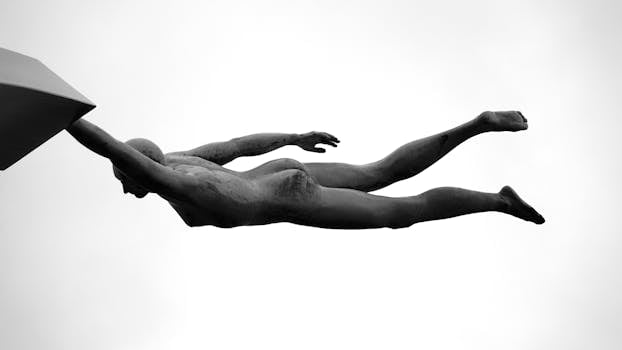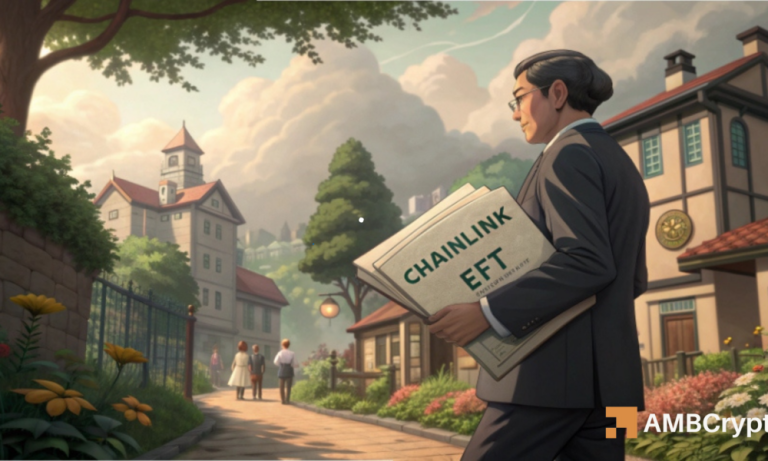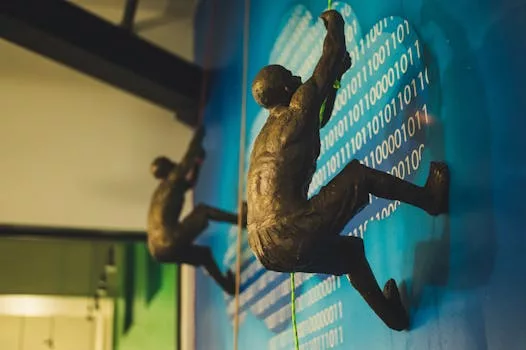
Contemporary Sculptures That Challenge Traditional Boundaries
Takeaways: Contemporary sculptures are redefining the art landscape by pushing against traditional boundaries of materials, forms, and meanings. This article explores notable sculptures that exemplify these challenges, highlighting innovative techniques and cultural expressions.
In the ever-evolving world of art, contemporary sculptures have emerged as powerful vehicles of expression, often challenging the conventions that have defined the medium for centuries. Artists today are not only rethinking the materials and techniques used in sculpture but are also broadening the thematic and conceptual frameworks within which sculpture operates. In this blog post, we will delve into how contemporary sculptors are innovating and pushing the limits of their art form.
The Shift in Materials and Techniques
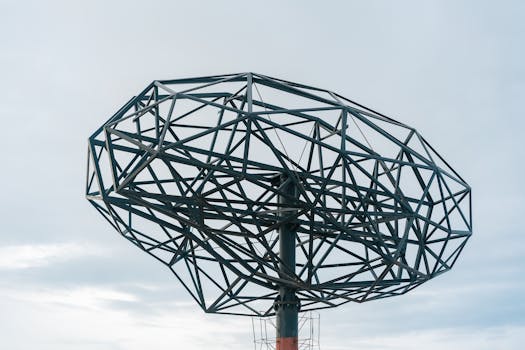
For example, the works of artists like El Anatsui utilize recycled materials such as bottle caps and aluminum, transforming waste into stunning tapestries that challenge viewers’ perspectives on consumption and beauty. His work not only reflects a deep engagement with materiality but also comments on the socio-economic narratives surrounding contemporary life.
Similarly, Damien Hirst has gained notoriety for his provocative use of animals preserved in formaldehyde and his diamond-encrusted skulls. Hirst’s sculptures challenge the viewer’s understanding of life, death, and value, merging art with themes of mortality and consumerism.
Moreover, the rise of digital technology has introduced new dimensions to sculpture. Artists like Jesse Krimes are using 3D printing and digital fabrication techniques to create sculptures that not only challenge the traditional notions of craftsmanship but also engage with contemporary issues such as incarceration and social justice.
Redefining Space and Interaction
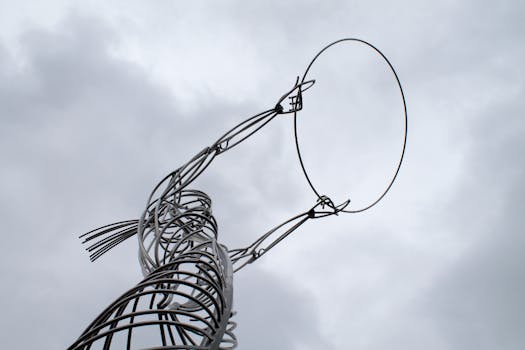
Take, for instance, Olafur Eliasson, whose installations often involve natural elements like light and water. His piece, The Weather Project, exhibited at the Tate Modern, transformed the museum’s turbine hall into a surreal environment where visitors could bask in an artificial sun, blurring the lines between the natural and the artificial. Eliasson’s work encourages viewers to reflect on their relationship with nature and the environment.
Another notable example is Ann Hamilton, whose works often incorporate sound, language, and textiles to create multisensory experiences. Her installations invite viewers not just to observe, but to engage with the work, fostering a deeper connection between the art and the audience.
Challenging Cultural and Social Norms
Contemporary sculpture also serves as a medium for critiquing cultural and social norms. Artists like Kara Walker use their work to confront issues of race, gender, and history. Her silhouetted figures, often displayed in large-scale installations, challenge viewers to confront the complexities of the African American experience and the legacy of slavery in the United States.
Moreover, Yayoi Kusama employs her iconic polka dots and infinity rooms to explore themes of identity, mental health, and the concept of infinity. Through her immersive installations, she invites audiences into her unique perspective, encouraging them to reflect on their own experiences of existence and perception.
These artists are not only pushing the boundaries of sculpture but are also using their art as a platform for social commentary, engaging audiences in critical conversations about identity, culture, and societal issues.
Conclusion
